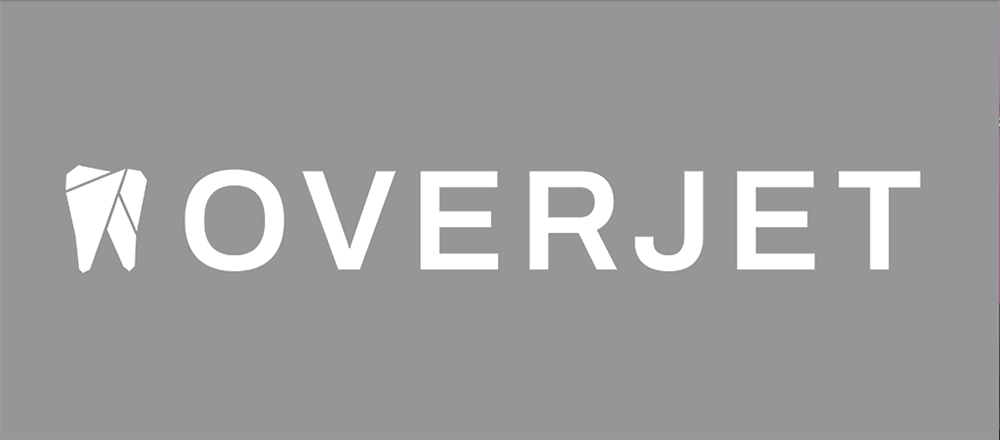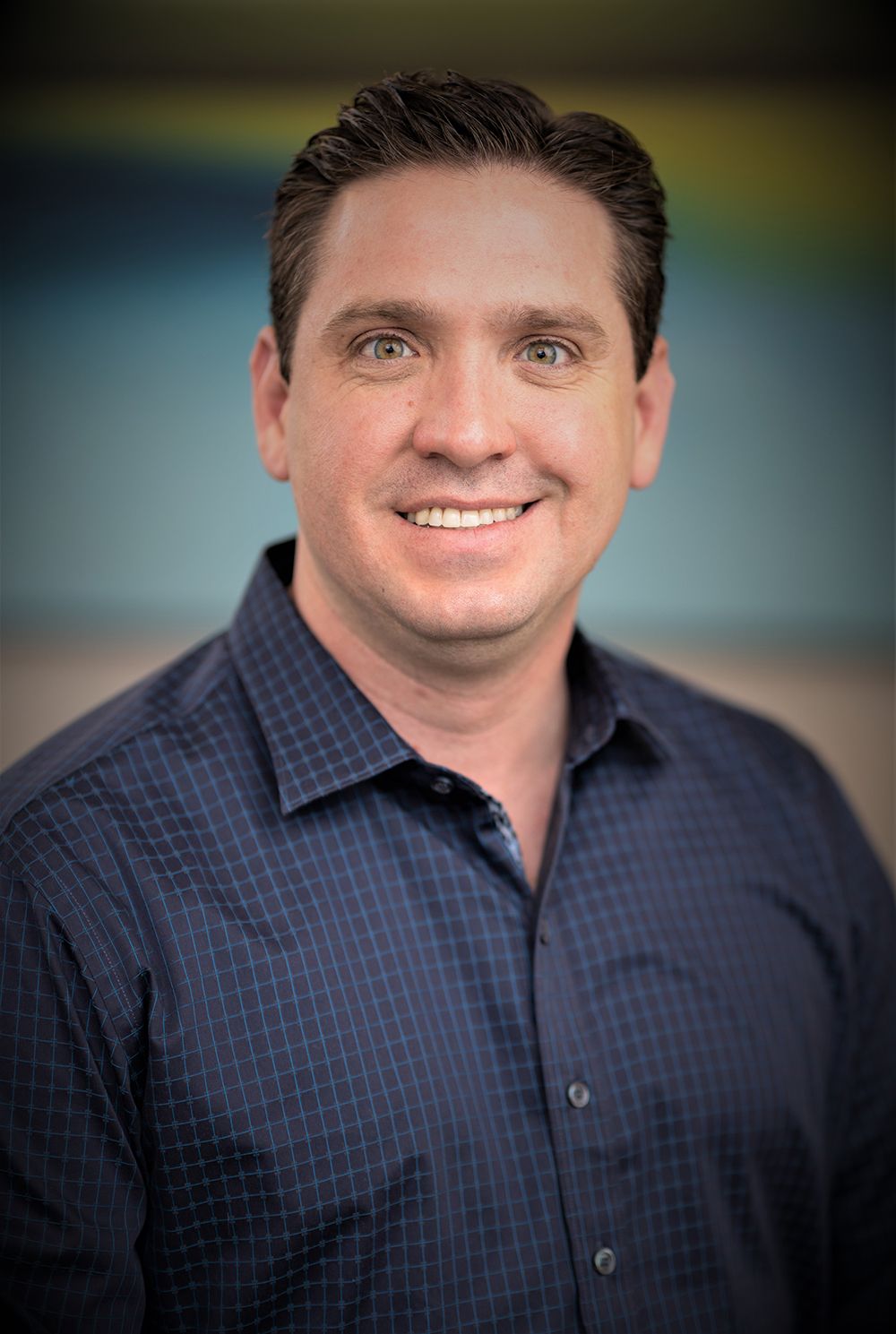Overjet’s Dental AI Platform to Enhance Patient Care
[SPONSORED] AI for radiographic analysis is a welcomed addition to the practice of Brandon J. Ryff, DDS, and is already proving to enhance quality of care for his patients.

With a philosophy centered on providing the best patient care, Brandon J. Ryff, DDS, is always looking to enhance his Scottsdale Smile Center practice in Paradise Valley, Arizona. Dr Ryff believes that to provide top-notch care, top-notch technology is a must.
Accordingly, his practice recently implemented Overjet’s artificial intelligence (AI) platform, designed to serve as an objective viewpoint for dentists as they evaluate radiographs on a daily basis. The FDA-cleared AI technology analyzes x-rays in real time, detecting decay and quantifying bone level measurements, highlighting areas on radiographs that deserve a closer look.
“I read a lot of dental journals and different things like that and I came across [Overjet]. I looked into the technology and saw they had received their FDA clearance,” he says. “That really made me interested in looking into something that was ready to be implemented.”
Brandon J. Ryff, DDS

Dr Ryff was impressed by the results from the FDA trials, which closely mirrored the results of a separate study conducted by a large Dental Support Organization. With the aid of Overjet Caries Assist, dentists were able to detect 32% more carious lesions that would have otherwise gone undetected. With the studies supporting this new technology, Dr Ryff decided to introduce the AI platform into his practice in June 2022.
“What ultimately had me convinced to go this route is it finally addressed a problem we have long wanted to resolve. Even with the latest and best digital imaging system, from time-to-time, carious lesions would be present clinically, but we might not see it on the radiograph,” he explains. “We prefer a more preventative and proactive treatment philosophy, and frankly, missing caries on a radiograph, even on rare occasions, bothers us. Patients expect and deserve better.”
In 2016, Dr Ryff, a University of Michigan graduate, purchased the practice, which has been around since 1960. Dr Ryff still works with previous owners Jonathan Coombs, DMD, and Don Chiappetti, DDS.
“As a 100% out-of-network office, patients have made the choice to come to our office based on value, not price,” he says. “Our emphasis on integrating the best technologies into the practice is something patients have almost come to expect. They appreciate our preventative, proactive approach. So, this technology seemed like a natural fit.”
Dr Ryff says the Overjet technology helps dentists to reduce false negatives when reading radiographs.
“So, where we initially looked at a traditional gray-scale x-ray and would say, ‘Hey, everything looks great,’ but in reality, there’s decay. With Overjet, the AI outlines and highlights the suspected lesion, making it easier to see things that even the most well-trained eyes might miss,” Dr Ryff says.
The goal is to diagnose more accurately, while improving communication with patients.
“Besides serving as a great diagnostic tool, this AI technology also helps us educate and motivate patients. If you use these tools to actually show them what’s going on instead of just telling them, they better understand the problem, the proposed solution, and are more likely to accept and be satisfied with treatment.”
There’s necessary training that goes into implementing this technology, which the team now uses with every patient. But before this, the whole team needs to be onboard and motivated to use it.
“There has to be a culture in the office that values a preventative treatment philosophy as well as the use of technology to help make our patients healthier,” Dr Ryff says. “Often digital radiographs are not as clear as old-fashioned film, in my opinion. My team has seen clinically present caries despite no apparent radiographic indication. They understand the importance of having this technology.”
Dr Ryff adds, “Patients don’t like surprises and I don’t like missing things. It’s a terrible feeling as a dentist when you miss something and you have to sit the patient up and say, ‘Hey, Mr. Jones, I know you were here for filling on this tooth, but we found decay in the tooth next to it and we’re going to fix that as well.’”
Now that he has Overjet, Dr Ryff said the technology would have identified the decay on the adjacent tooth and eliminated those surprises. Overjet analyzes radiographs going back 18 months, and cross-references the findings with patient records.
Having everyone seeing the same thing, and being clinically aligned, is important.
“Leadership at every practice begins with the doctors, so that’s where I began implementing this change. I knew that in order for this to work, I had to build consensus among the fellow doctors,” Dr Ryff explains.
So, he set up a Zoom call with Overjet’s Chief Dental Officer, Terri Dolan, DDS. The experienced doctors were able to ask critical questions—including some pretty hard-hitting ones—and Overjet had answers and addressed concerns, he says.
“Once we had the green light from the doctors, that’s when we brought it to the team and explained to them what this software does and how it’s going to make their day easier and more productive, and how it’s going to help patients,” Dr Ryff says.
He adds that it’s not perfect, but that AI can really have a significant, positive impact in dentistry. “It’s designed to be an adjunctive diagnostic tool, which draws your attention to certain things and says, ‘Hey Doc, don’t overlook this. Just double check, make sure there isn’t something there,’” he says.
It’s only going to give you the quality of output if you give it quality input, he adds. If the image is blurry because the x-ray head was too far away from the sensor, or the patient was moving, you’re not going to get the full benefit of the software.
“It’s unbelievably accurate,” Dr Ryff adds. “It’s able to detect the smallest findings, which honestly, had it not been pointed out by the software, I would have missed. To be clear, we’re not missing big things. But that’s the point; it’s about catching things when small, being proactive versus reactive in our approach.”
The Overjet software includes dashboards that can be used by each provider. For example, a hygienist can prepare a report for his or her entire day. For each of the patients, it will say whether the patient may be due for bitewings or needs perio charting. It identifies potential periodontal and restorative opportunities, based on the findings of the 18-month x-ray review and the information in the practice management system.
“[Patients] are impressed, but equally, I think they’re appreciative,” he says. “The patients actually say thank you for investing in this technology. Patients see that we care enough to invest in their health. It’s a great feeling and a great way to gain lifelong patients.”
Used to experiencing the newest dental technology, patients at the practice have enthusiastically greeted the use of real-time AI analysis and x-ray annotations.
“It is very impressive technology and when patients are able to see what’s happening in their mouths for themselves and having the artificial intelligence literally point out and color the problem areas. It has been a game-changer,” he raves.
Reducing the false negatives and boosting patient engagement are the biggest reasons he’d recommend Overjet’s AI platform to colleagues.
“Really, the value proposition of AI in dentistry is that reduction in false negatives. I know I’m not alone in the dental community,” he adds. “We all miss stuff. We do. And sometimes it’s not even that we missed something, but it’s that maybe we underestimated the extent of decay—this software outlines the potential area of concern, which helps guide the treatment planning process so we can make the best recommendations to our patients.”
AI for radiographic analysis is a welcomed addition to the practice and is already proving to enhance quality of care for his patients.